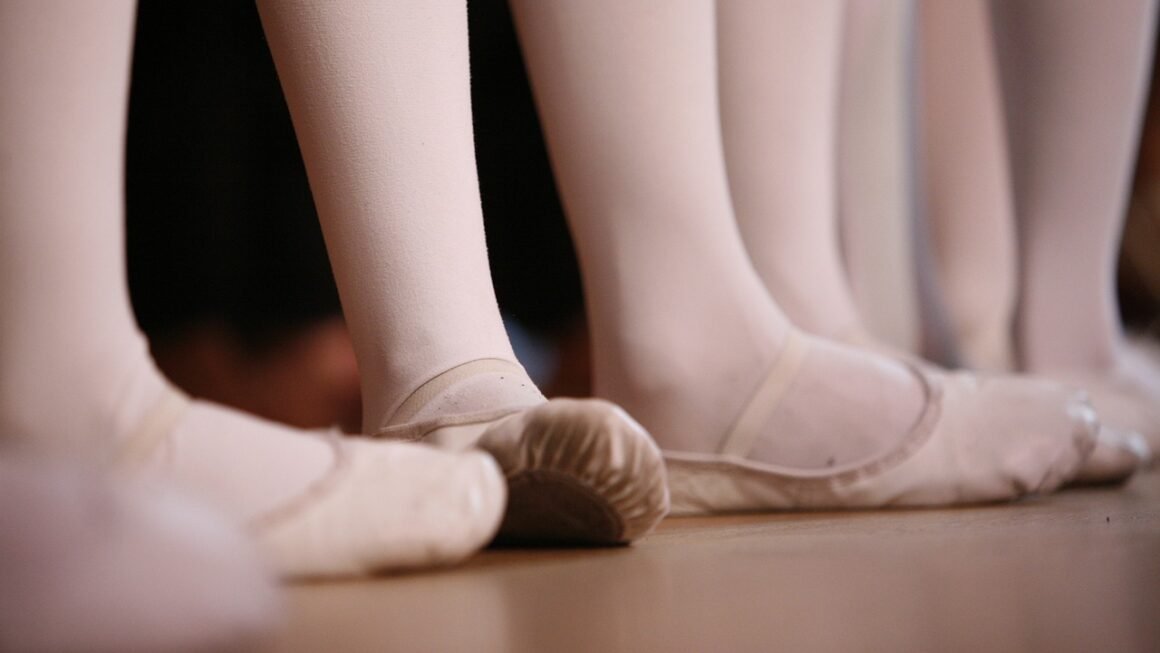The ocean’s allure has captivated humanity for millennia, but few experiences rival the adrenaline rush and profound connection with nature that surfing offers. More than just a sport, surfing is a lifestyle, a dance with the waves that challenges both body and mind. Whether you’re a seasoned pro carving up monstrous swells or a beginner just learning to pop up on a foam board, the joy of riding a wave is an unparalleled sensation. This comprehensive guide will delve into the captivating world of surfing, covering everything from its rich history to essential techniques and equipment.
The History and Evolution of Surfing
Ancient Origins and Polynesian Roots
Surfing’s origins trace back centuries to ancient Polynesia, where it was more than just a recreational activity; it was deeply ingrained in their culture. Evidence suggests that Polynesians were riding waves as early as the 4th century AD, using simple wooden boards fashioned from local trees. These boards, varying in size and shape based on social status, were used for both sport and religious ceremonies. Chiefs, for example, rode longer, more elaborately decorated boards, signifying their rank. Surfing contests were even used to settle disputes and demonstrate prowess.
- Early surfing was practiced on various types of boards: from short, agile boards to massive, ornate boards reserved for royalty.
- Surfing held significant cultural and spiritual importance in Polynesian society.
- Wave riding was a vital skill that was passed down through generations.
The Introduction to the Western World
Captain James Cook’s arrival in Hawaii in 1778 marked the first recorded encounter of surfing by Westerners. While initially intrigued, the practice gradually declined due to the influence of missionaries who discouraged traditional Hawaiian customs. However, surfing experienced a revival in the early 20th century, largely thanks to the efforts of Duke Kahanamoku, a Hawaiian Olympic swimmer and surfing icon. He traveled the world promoting surfing and popularizing it among new audiences.
- Duke Kahanamoku is credited with popularizing surfing globally in the early 20th century.
- Surfing gradually declined after Western influence, but experienced a revival.
- The introduction of modern surfboards and surf culture began to take shape.
Modern Surfing and Beyond
The development of modern surfboards, particularly the introduction of lightweight foam and fiberglass, revolutionized the sport. Shapers like Bob Simmons and Hobie Alter pushed the boundaries of board design, leading to greater maneuverability and performance. The 1960s saw the explosion of surf culture, fueled by movies, music, and the emergence of iconic surf brands. Today, surfing is a global phenomenon, with millions of enthusiasts worldwide and professional competitions attracting huge audiences.
- Technological advancements in surfboard design significantly improved performance.
- The 1960s marked the rise of surf culture and its influence on music, fashion, and lifestyle.
- Surfing is now a globally recognized sport with a thriving professional scene.
Essential Surfing Equipment
The Surfboard: Your Ride
Choosing the right surfboard is crucial for success and enjoyment. Beginners typically start with a longboard or foam board (also known as a soft top) due to their stability and ease of paddling. As skills progress, surfers may transition to shorter boards like funboards, fishes, or shortboards, which offer greater maneuverability but require more experience.
- Longboards: Ideal for beginners and smaller waves, providing stability and easy paddling. (e.g., 9’0″ to 12’0″)
- Funboards: A good transition board, offering a balance of stability and maneuverability. (e.g., 7’0″ to 8’0″)
- Shortboards: Designed for experienced surfers and larger waves, emphasizing performance and responsiveness. (e.g., 5’6″ to 6’6″)
- Foam Boards: Soft and forgiving, perfect for learning the basics in a safe environment. (e.g., 7’0″ to 9’0″)
Wetsuits and Rash Guards: Staying Comfortable
Water temperature is a critical factor, and wearing the appropriate wetsuit or rash guard is essential for comfort and safety. Wetsuits trap a thin layer of water against the skin, which is then warmed by body heat. Rash guards provide protection from the sun and chafing.
- Wetsuits: Provide insulation in cold water, available in varying thicknesses (e.g., 3/2mm, 4/3mm, 5/4mm).
- Rash Guards: Protect against sun exposure and board rash.
- Consider water temperature and activity duration when selecting the appropriate gear.
Leashes and Fins: Safety and Control
A leash connects your surfboard to your ankle, preventing it from drifting away after a wipeout. Fins provide direction and control, with different fin configurations affecting the board’s performance.
- Leashes: Choose a leash that is slightly longer than your surfboard to prevent the board from hitting you in a wipeout.
- Fins: Single fin, twin fin, thruster (three fins), and quad fin setups each offer different handling characteristics. Thrusters are the most common and versatile.
- Ensure your leash and fins are in good condition before each session.
Essential Surfing Techniques
Paddling and Positioning
Effective paddling is fundamental to surfing. Lie prone on your board, slightly forward of the center point, and use long, powerful strokes to propel yourself towards the wave. Proper positioning in the lineup is crucial for catching waves at the right time.
- Paddle with long, smooth strokes, using your core muscles for power.
- Position yourself slightly ahead of the breaking wave to catch it effectively.
- Look over your shoulder to spot incoming waves.
The Pop-Up: Standing Up on the Board
The pop-up is the transition from lying down to standing up on the board. This requires a fluid and coordinated movement. Practice on land before attempting it in the water.
- Start lying prone on the board, hands positioned near your chest.
- Push up with your hands and bring your feet underneath you in one smooth motion.
- Maintain a low center of gravity and bend your knees.
- Practice on the sand to develop muscle memory.
Riding the Wave: Basic Maneuvers
Once you’re standing, focus on maintaining your balance and steering the board. Start by riding straight, then progress to turning and carving. Leaning your body weight and shifting your gaze will help you control the board’s direction.
- Start by riding straight towards the beach to get comfortable with the feeling.
- To turn, lean in the direction you want to go and shift your weight slightly.
- Look where you want to go; your body will naturally follow your gaze.
Choosing the Right Surf Spot
Understanding Wave Types
Different surf spots offer different types of waves. Beach breaks, point breaks, and reef breaks each have unique characteristics and are suitable for different skill levels.
- Beach Breaks: Waves break over a sandy bottom, offering a variety of conditions. Generally good for beginners. (e.g., Huntington Beach, California)
- Point Breaks: Waves break along a point of land, creating long, rideable waves. (e.g., Malibu, California)
- Reef Breaks: Waves break over a coral reef, often producing powerful and hollow waves. Usually for experienced surfers. (e.g., Teahupo’o, Tahiti)
Considering Skill Level and Conditions
Always choose a surf spot that matches your skill level and the current conditions. Pay attention to wave height, tide, and currents. Beginners should start with small, gentle waves in a safe environment.
- Check surf reports for wave height, period, and wind direction.
- Consider the tide and its impact on wave shape and size.
- Be aware of currents and rips and know how to escape them.
Respecting Localism and Surf Etiquette
Surf etiquette is essential for maintaining harmony in the water. Respect local surfers, give way to the surfer closest to the peak, and avoid dropping in on others.
- Don’t drop in on other surfers (paddling in front of someone who is already riding the wave).
- Give way to the surfer closest to the peak (the inside surfer).
- Paddle wide around the lineup, avoiding the path of surfers riding waves.
- Respect local surfers and their knowledge of the spot.
Surfing Safety and Awareness
Understanding Rip Currents
Rip currents are powerful channels of water flowing away from the shore. They can quickly carry surfers out to sea. Knowing how to identify and escape a rip current is crucial for safety.
- Look for areas of discolored water, choppy water, or a break in the wave pattern.
- If caught in a rip current, don’t panic. Swim parallel to the shore until you’re out of the current, then swim back to the beach.
Protecting Yourself from the Elements
Sun exposure, dehydration, and hypothermia are potential risks. Wear sunscreen, stay hydrated, and dress appropriately for the water temperature.
- Apply sunscreen liberally and reapply frequently, especially on sunny days.
- Drink plenty of water before, during, and after your surf session.
- Wear a wetsuit or rash guard for warmth and sun protection.
Knowing Your Limits
Don’t push yourself beyond your limits. If you’re tired or uncomfortable, take a break or paddle in. Be aware of your physical and mental state, and don’t hesitate to ask for help if needed.
- Start slowly and gradually increase the intensity of your sessions as your fitness improves.
- Listen to your body and take breaks when needed.
- Be aware of the potential hazards of the ocean and surf within your abilities.
Conclusion
Surfing is a truly rewarding activity that connects you to the power and beauty of the ocean. From its ancient Polynesian roots to its modern-day global appeal, surfing has captured the hearts of millions. By understanding the history, equipment, techniques, and safety aspects of surfing, you can embark on a journey that will bring you years of joy, challenge, and connection with nature. So grab a board, paddle out, and experience the thrill of riding a wave! Remember to always respect the ocean, respect your fellow surfers, and most importantly, have fun.



